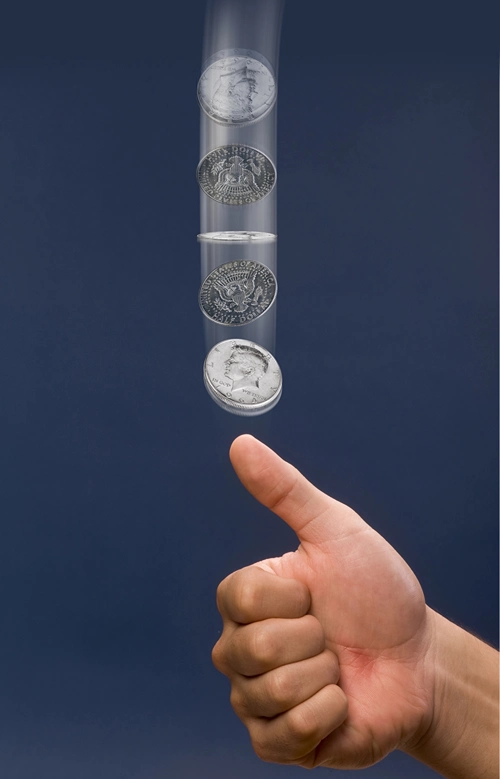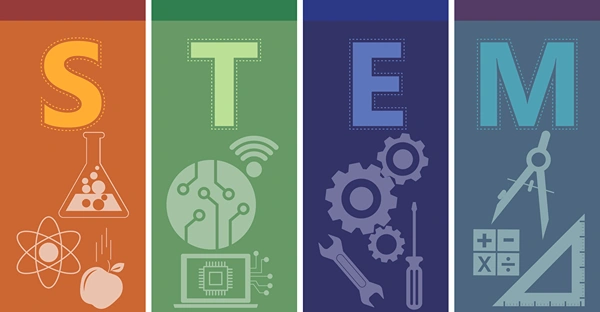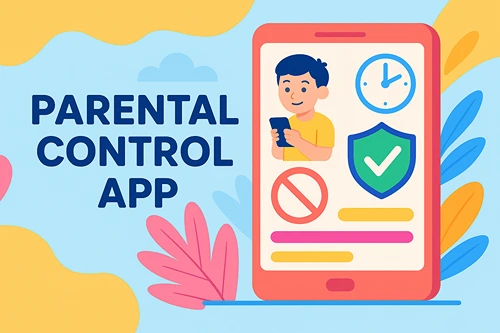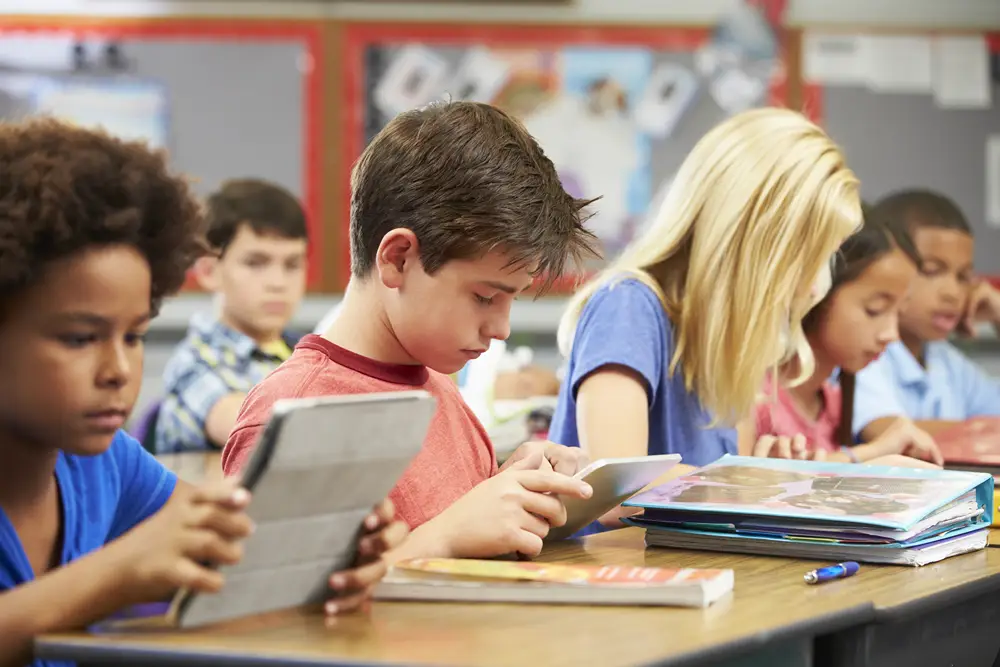Using Coin Flips in the Classroom: Probability, Fairness, and Conflict Resolution
Sometimes the easiest way to settle a choice is with a simple flip of a coin. From playground arguments to major historical moments, the coin toss has long been trusted as a symbol of fairness. This tiny act of chance carries surprising weight in our daily lives.
Flipping a coin is a simple 50/50 proposition – each outcome (heads or tails) is equally likely, making it a fair game. In math terms, a coin has two possible sides, so the probability of landing on heads is 1/2 (50%). Because each side really does have an equal chance, teachers often use coin tosses to model probability and avoid bias in decisions.
In fact, even famous decisions were made by coin: the Wright brothers flipped a coin to see who’d attempt the first airplane flight in 1903, and today many sports start with a coin flip to decide which team goes first. This shared history shows how coin flips are trusted to be fair and random.
Teaching Probability with Coin Flips
A classroom can turn coin tosses into a hands-on probability lesson. Start by explaining that with two sides, the chance of landing heads is 1 out of 2 (or 50%) Then let students experiment: have each student (or group) flip a coin many times and record the results. For example, if one student flips a coin 10 times, they might see 6 heads and 4 tails; if they flip 100 times, they might see about 57 heads and 43 tails. As students tally more flips, they’ll notice the percentages drift closer to the expected 50%. This demonstrates the idea of relative frequency: more trials tend to average out to the theoretical probability (50% heads)
Teachers can chart or graph the class’s combined coin flips so everyone can see the pattern. This activity also meets math standards: major guidelines highlight “Chance, Fairness, and Risk” as core topics for middle-school statistics (amstat.org). In other words, exploring coin-flip odds is exactly the kind of probability-and-fairness learning students are expected to experience.
It’s also worth noting how coin flips are trusted as a fair tool, because the outcome doesn’t depend on the teacher or any student — it’s chance alone. Still, in a busy classroom, children may sometimes perceive physical coin flips as unfair, especially if they think a classmate flipped it “wrong” or if there’s a disagreement about how the coin landed. In these cases, a digital coin flip projected on the board can help. Everyone sees the result together, no one person controls the flip, and the process feels more transparent. This way, both physical and digital flips stay unbiased — but digital versions can reduce classroom disputes when fairness is questioned.
- Try this activity: Give small groups a worksheet with 20 or 50 flips per student. They flip and mark H or T in a table. Afterward, combine the tallies to see how close heads vs. tails came to even. Discuss why results vary and how they approach 50/50 as flips increase.
- Math extension: Ask students to predict outcomes (e.g. “How many heads out of 20 flips?”), then test it. Compare predictions to actual results to reinforce probability concepts.
- Fun “guess” game: Before each flip, have students shout out “heads” or “tails” and see who guesses right. Keep score – this makes learning probability feel like a game.
Promoting Fairness
Because each flip is random, coin tosses are inherently fair ways to make a choice. Emphasize to students that everybody has the same chance when a coin is used. You might say, “If you win the coin toss, great – if not, it’s only luck, not anyone’s fault.” In fact, educators note that calling a coin toss on a dispute can equalize any uneven situation, since the outcome isn’t chosen by any single person.
One thing to watch for: studies show that children (and even adults) sometimes feel upset if they lose a coin flip, especially if someone else flipped the coin. In a recent psychology study, participants reported the process felt “less fair” when they lost a coin toss done by the other person To avoid hard feelings, try these tips:
- Rotate roles: Let each student have a turn flipping or calling the toss. For example, if two children disagree, one can flip and the other can call “heads” or “tails.” Next time, swap roles. This way everyone feels involved.
In larger classrooms, a digital coin flip projected on the board can be even more effective. Everyone sees the outcome at once, preventing arguments about whether the coin ‘really’ landed on heads or tails.
- Make it visible: Always flip the coin where all students can see it land. This transparency helps them trust the result.
- Emphasize randomness: Remind students that the coin has no memory – it doesn’t know who’s winning or losing. Each flip is a fresh 50/50 chance. This helps them understand it wasn’t “chosen” by anyone.
- Use the teacher as a flipper: Sometimes having the teacher flip (or an impartial student) and letting the decision-maker call it helps. Kids are less likely to suspect bias when the teacher handles the coin.
- Discuss fairness: If a student seems upset, calmly explain that coin flips are always supposed to be even chances. Saying something like “The coin doesn’t know you want it, so we all trust it” can reassure them.
By following these practices, students are more likely to see coin flips as a fun and fair way to decide things, not as personal wins or losses.
Resolving Conflicts
Coin tosses are excellent tie-breakers and decision tools when kids disagree. Conflict-resolution experts even recommend simple chance games (coin tosses, dice rolls, or rock-paper-scissors) to resolve minor disputes quickly and smoothly. The idea is that these games turn an argument into something like a game, which reduces tension. For example:
- Who goes first? If two students both want to be the first player in a math game or to speak in class, flip a coin to decide. The student who wins might choose the first turn.
- Team or role selection: When picking teams or deciding who leads a group activity, use a coin flip. The winner can pick their side or leader role.
- Sharing items: If two kids both want the same marker or toy, let heads/tails decide who gets it first, and then switch for the next round.
- Any tied vote: When a class vote ends in a tie between two options, a quick coin toss can break the tie impartially.
Using a coin flip in these moments prevents endless arguing. In fact, a study of conflict strategies noted that coin flips (and similar chance methods) help children accept the result without lingering resentment. After all, everyone knows it was pure luck. Encourage students to shout “heads or tails” with enthusiasm and take their chosen side – it can make the decision feel like a playful chance event instead of a loss.
Classroom Activities and Games
Beyond decision-making, coin flips can be built into engaging group activities:
- Probability Experiment (Heads vs. Tails): Divide students into teams. Each team flips a coin 50 or 100 times, records the number of heads and tails, and graphs the results. Then compare class-wide results to discuss variation and expected outcomes.
- “Heads or Tails” Game: Label one side of the room “Heads” and the other “Tails.” Have a student flip a coin and call it out. Students must move to the side they think it landed on; anyone on the wrong side is “out.” Continue until one student remains. This energetic game reinforces probability and is great fun.
- Prediction Challenge: Before flipping, have students guess (“call”) heads or tails and record how many times each student is correct. This adds a point-scoring element and shows probability in action.
- Math Story Problems: Use coin flip scenarios in word problems. For example, “If you flip a coin 6 times and get 4 heads, what’s the percent of heads?” or “Out of 20 flips, we got 12 heads. Why isn’t that exactly 50%?” This helps tie the activity back to number and percentage practice.
These activities can make abstract math ideas concrete and give students hands-on experience with chance in a group setting.
Tips for Teachers
When using coin flips, keep these best practices in mind to ensure the experience is positive and ethical:
- Use for small decisions: Reserve coin tosses for minor or fun choices (like who leads, who sits where, or which game to play). Avoid using them for serious matters (never use a coin flip to decide grades, punishments, or anything important).
- Explain the concept: Briefly teach students what “50%” means and why each coin flip is fair. You might say, “Think of the coin as having two equal sides – it doesn’t care who wins.” This helps children view the process as mathematical, not personal.
- Encourage good sportsmanship: Remind students that “losing” a coin flip is just part of chance. Praise the winner (for example, “Congrats! You got heads!”) and also congratulate the other for being a good sport. Emphasize phrases like, “Better luck next time” to keep the mood light.
- Alternate roles: As noted, give every student a turn to flip the coin or call the toss. This prevents one student from feeling left out or targeted.
- Model fairness: When you use a coin flip yourself (for example, to decide between equally good teaching activities), talk through why you trust the coin. This models impartial decision-making for students.
Pro Tip – “For big classes or time-limited activities, consider using an online coin flip. Just remember to explain that it works on the same principle of randomness as a real coin, so students continue to connect the digital outcome with the math concept of probability.”
This ensures kids don’t see digital as “magic” or unfair
By integrating coin flips with clear explanations and a positive attitude, teachers can turn them into powerful teaching moments. They not only settle disagreements but also reinforce the idea that in math and life, some outcomes are governed by fair chance, not by “luck” in any unfair sense. When done thoughtfully, coin tosses become a fun, educational, and impartial way to decide things in class.






